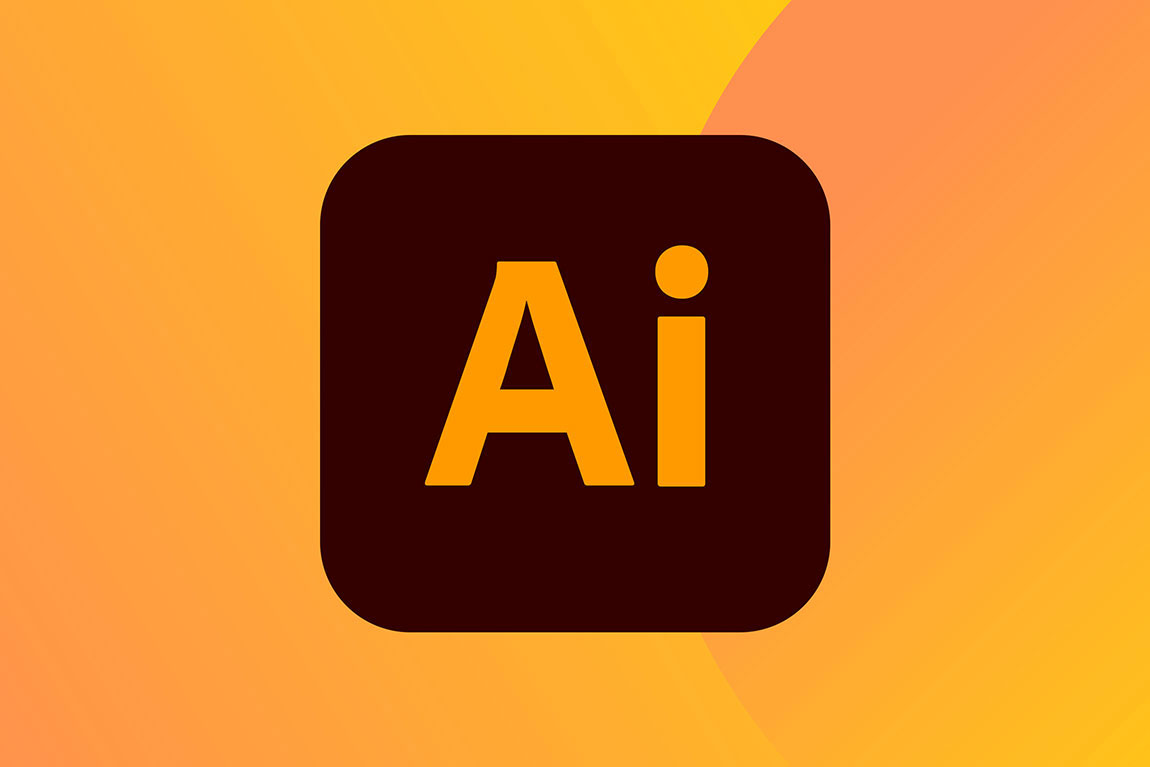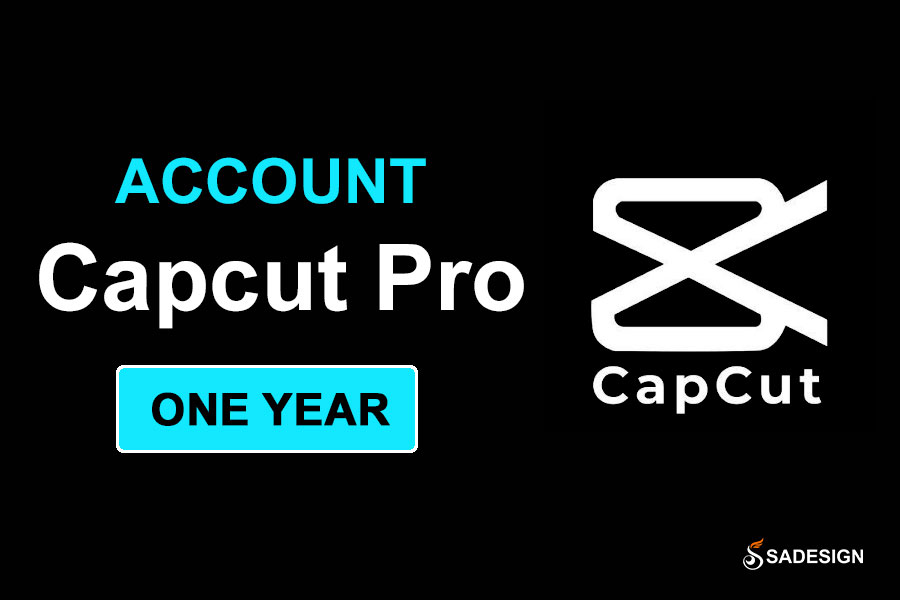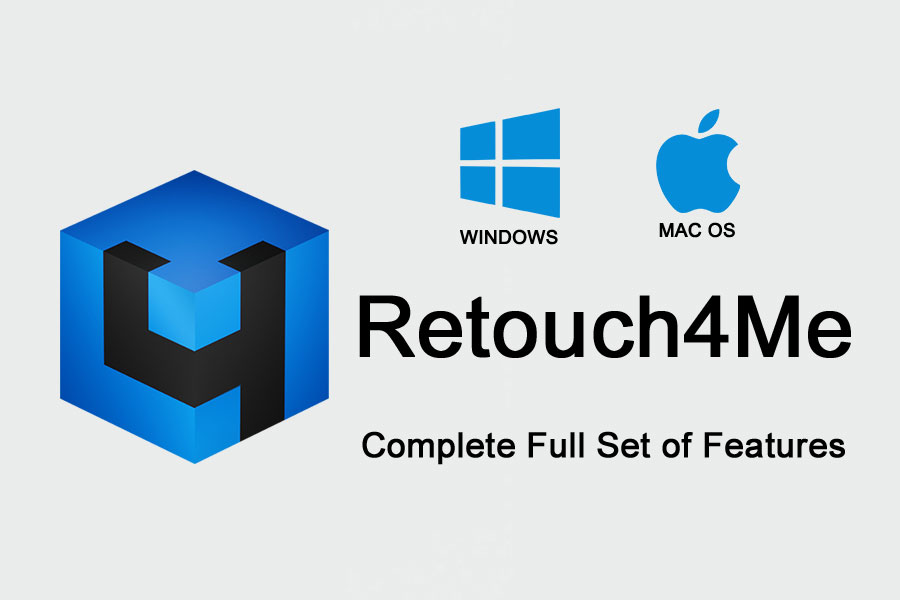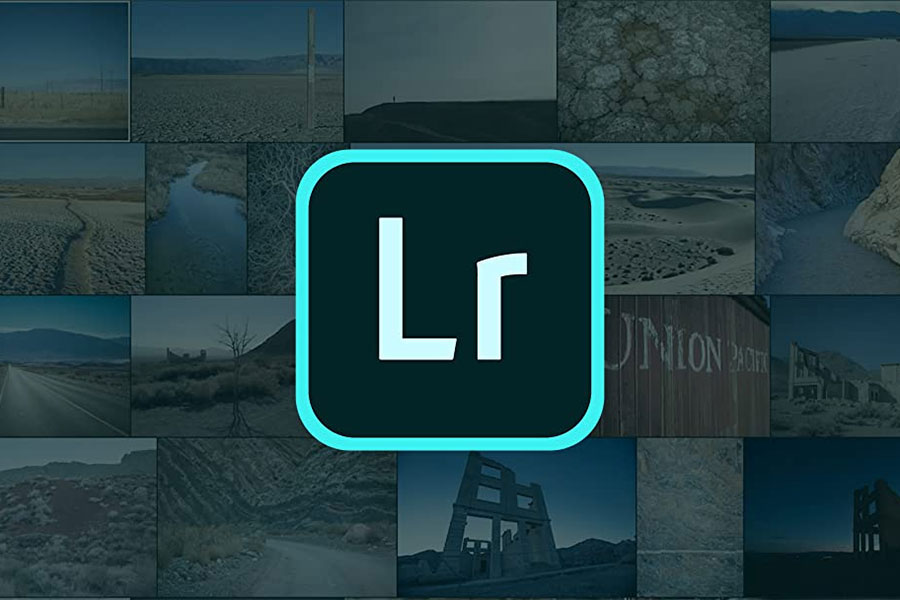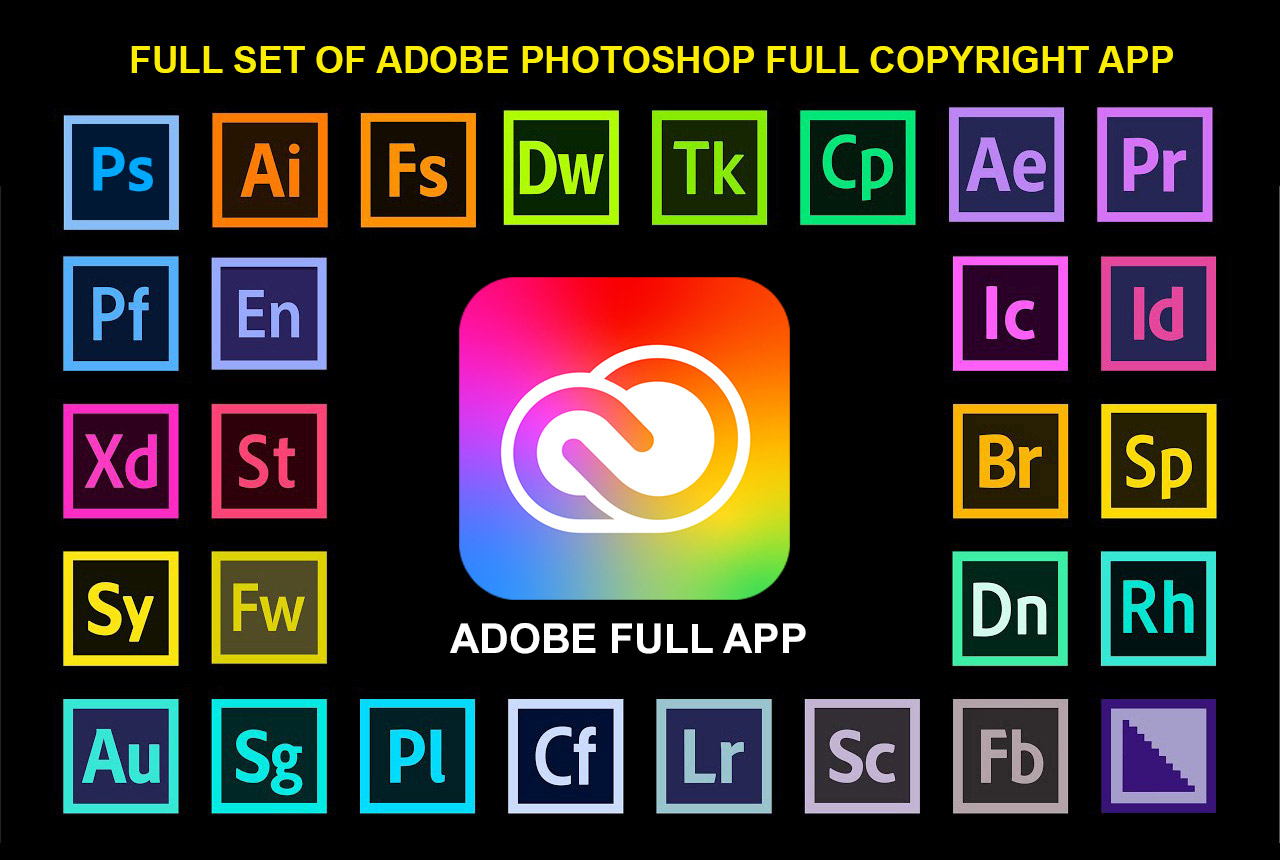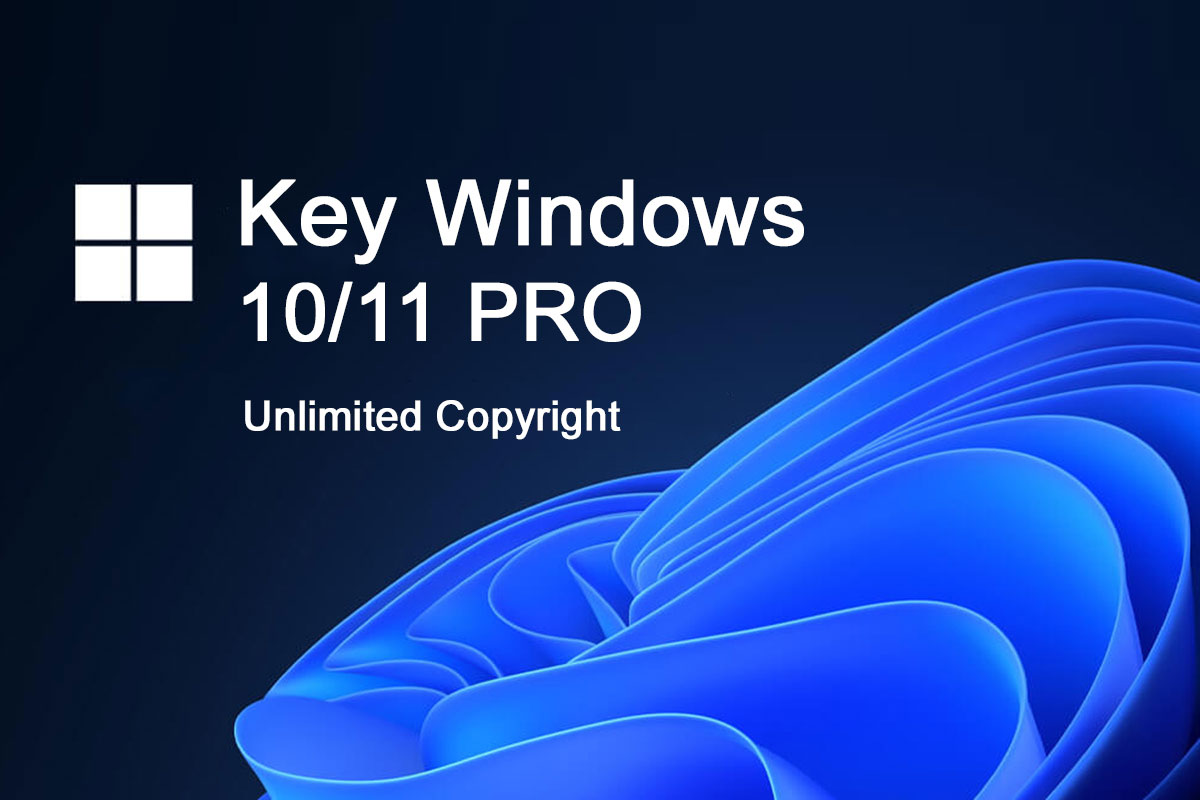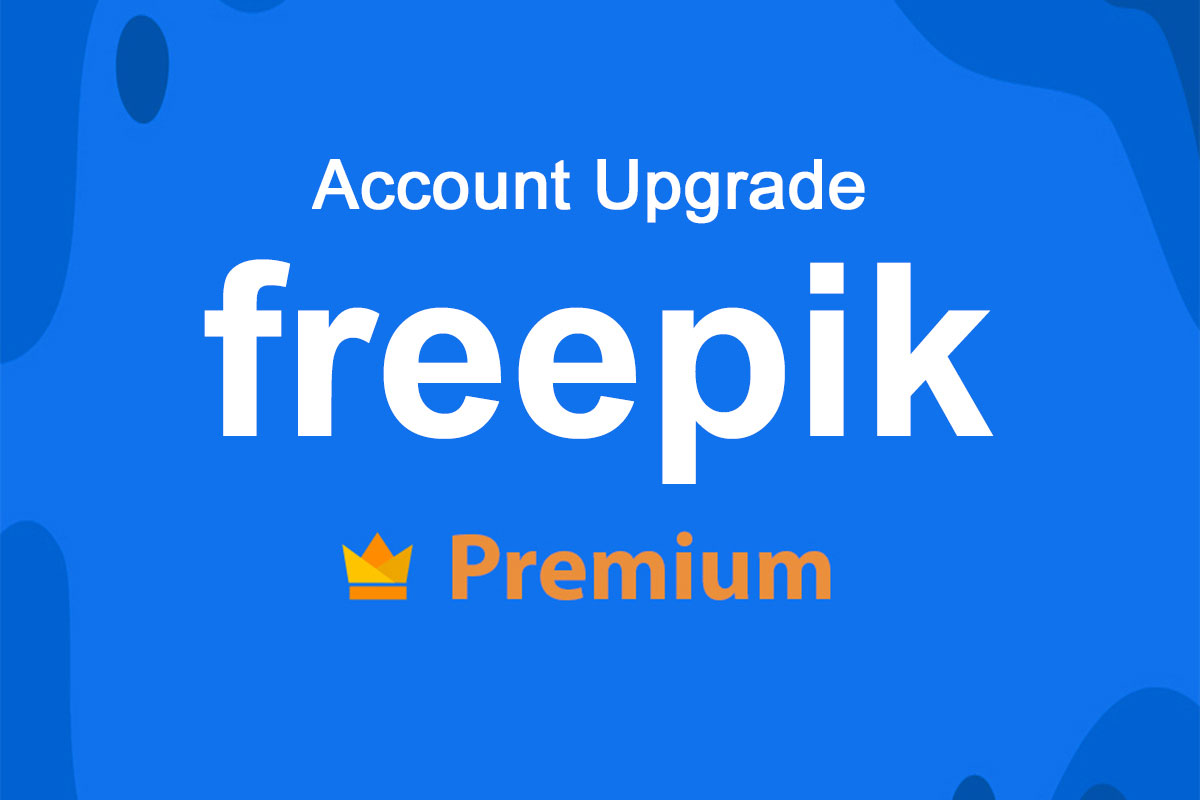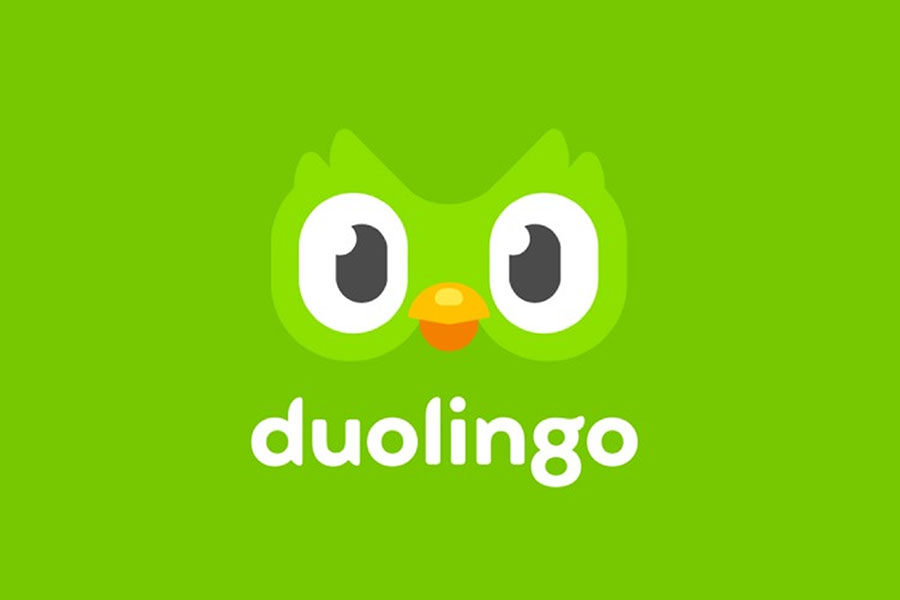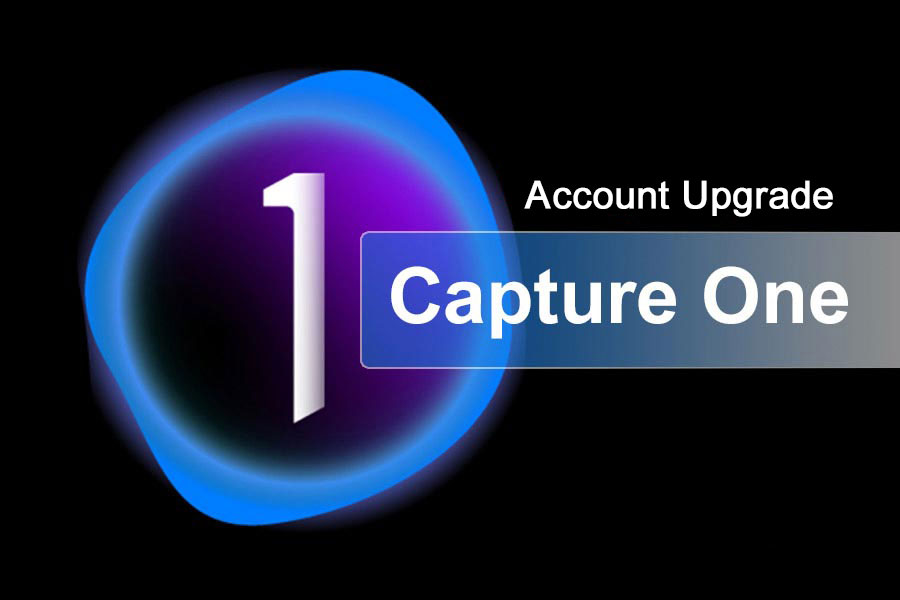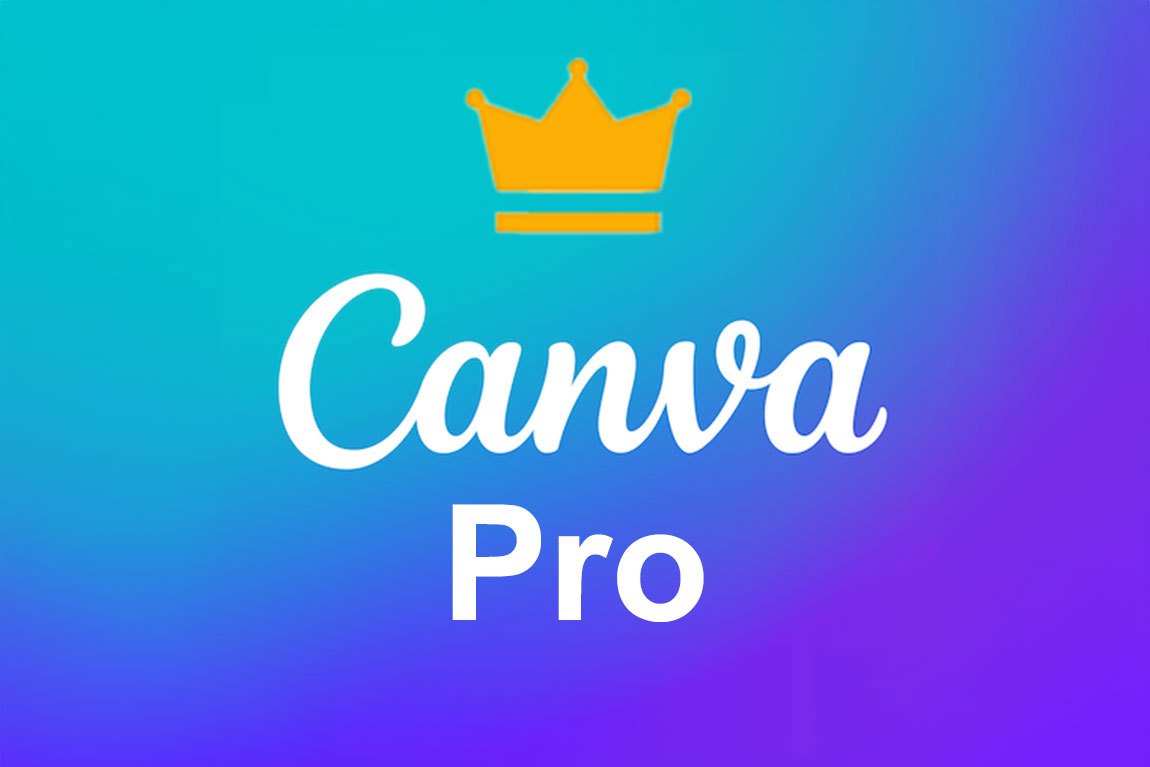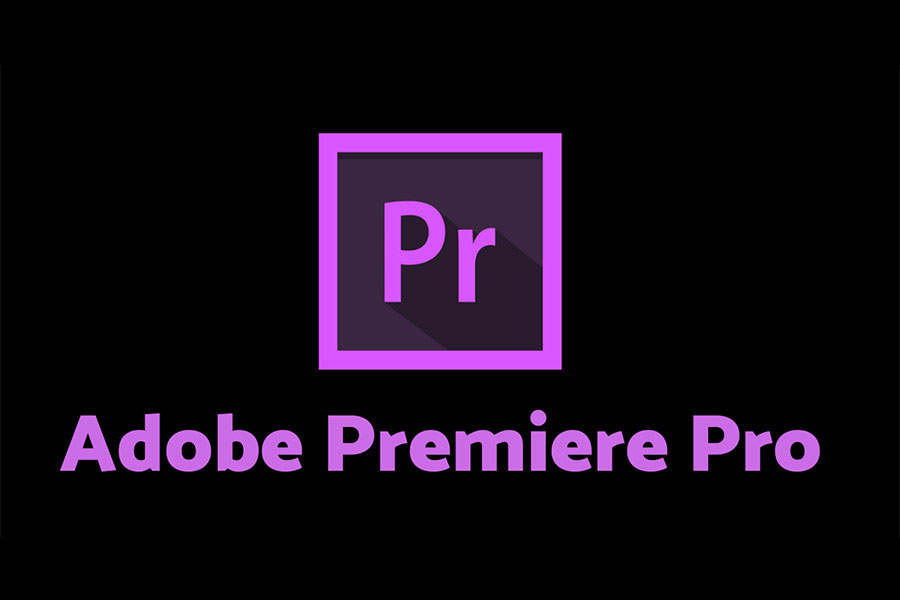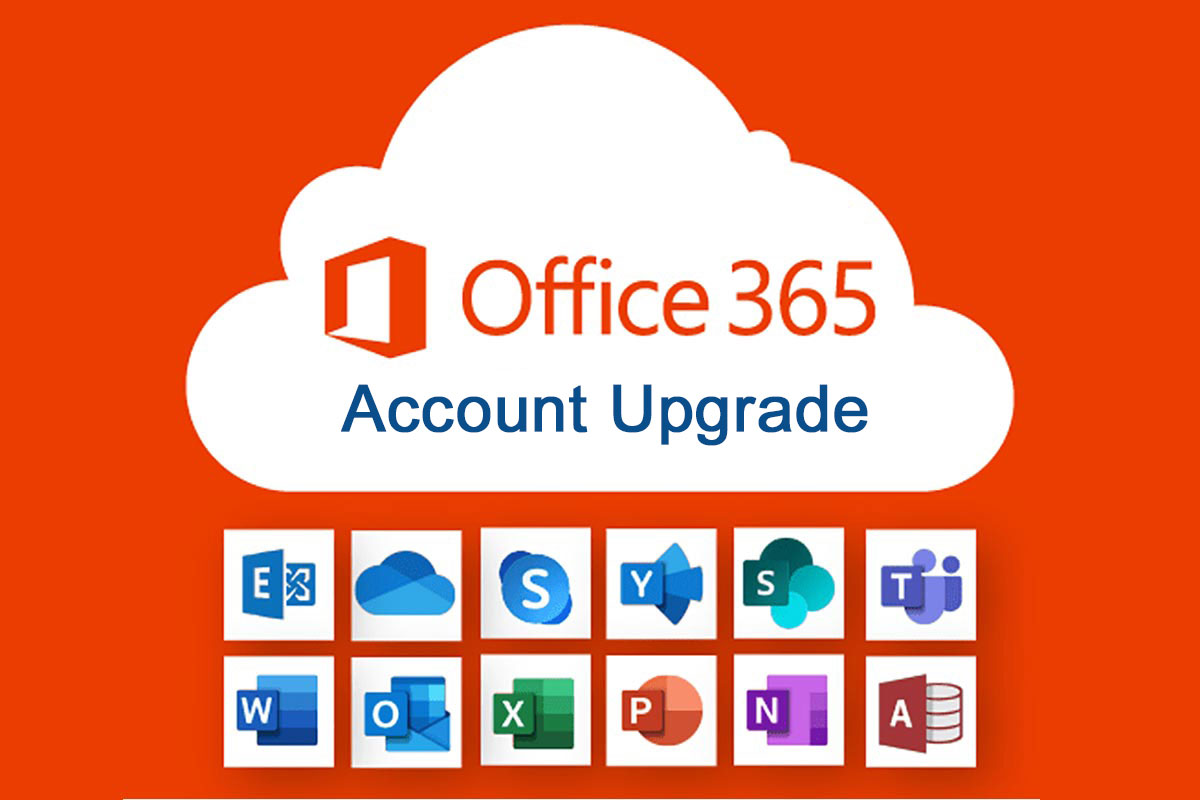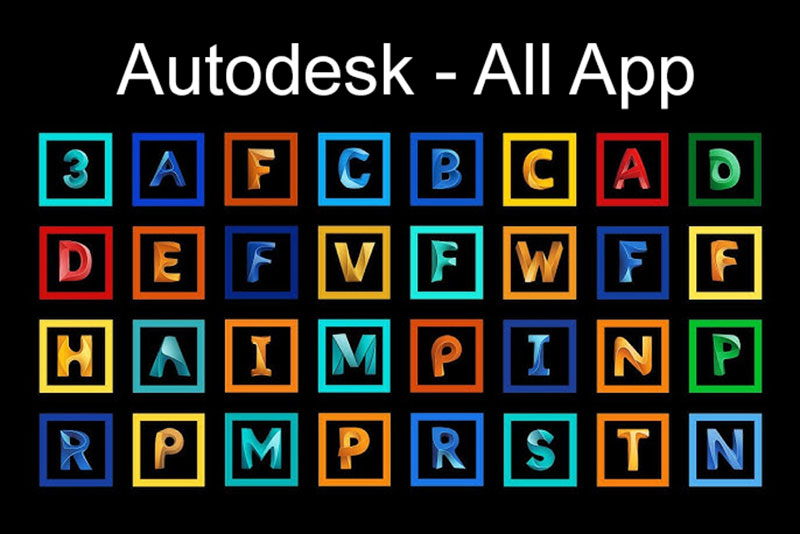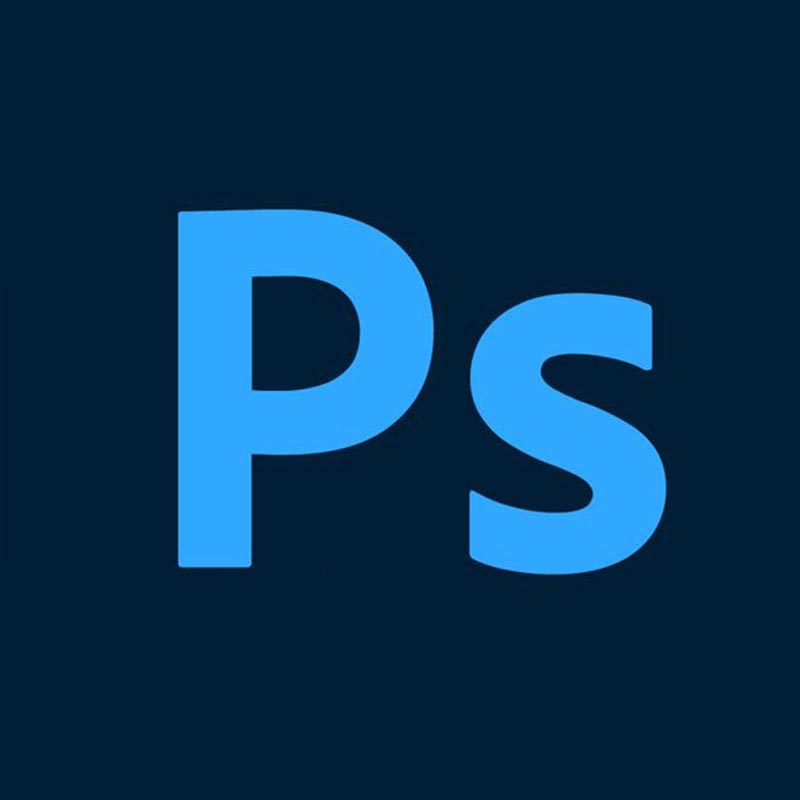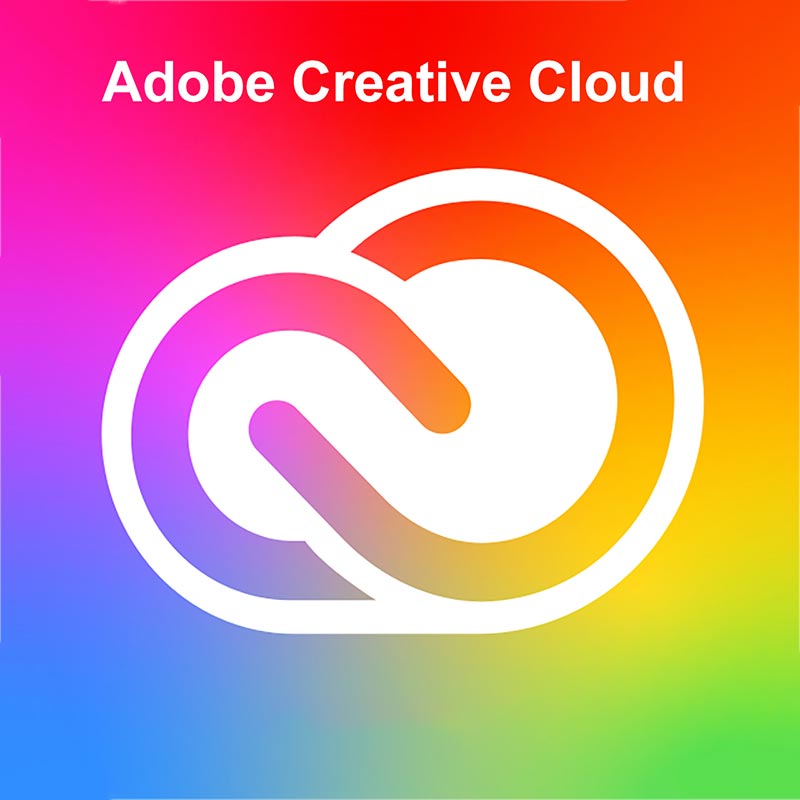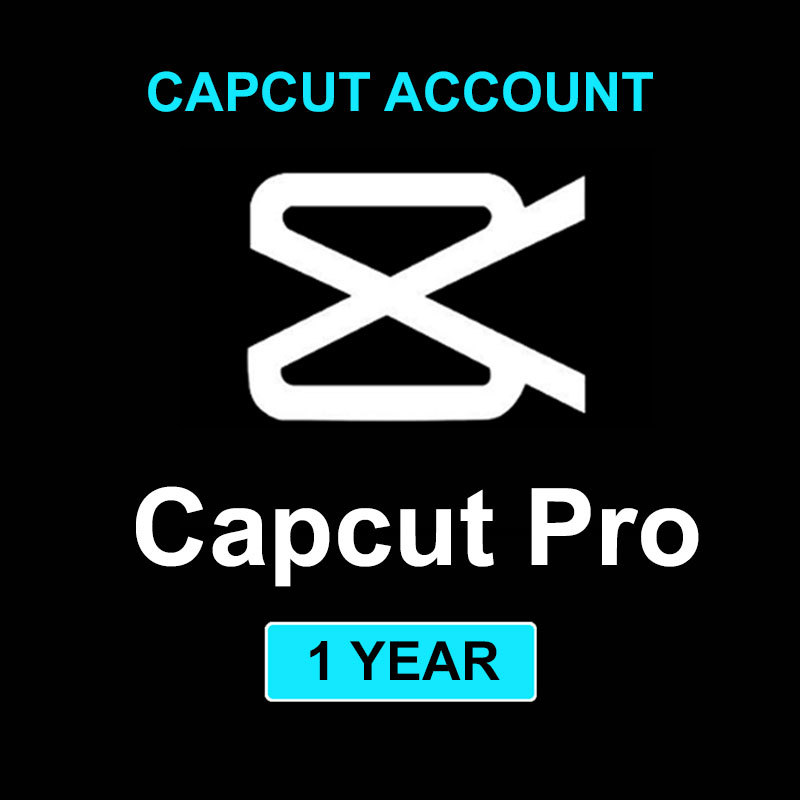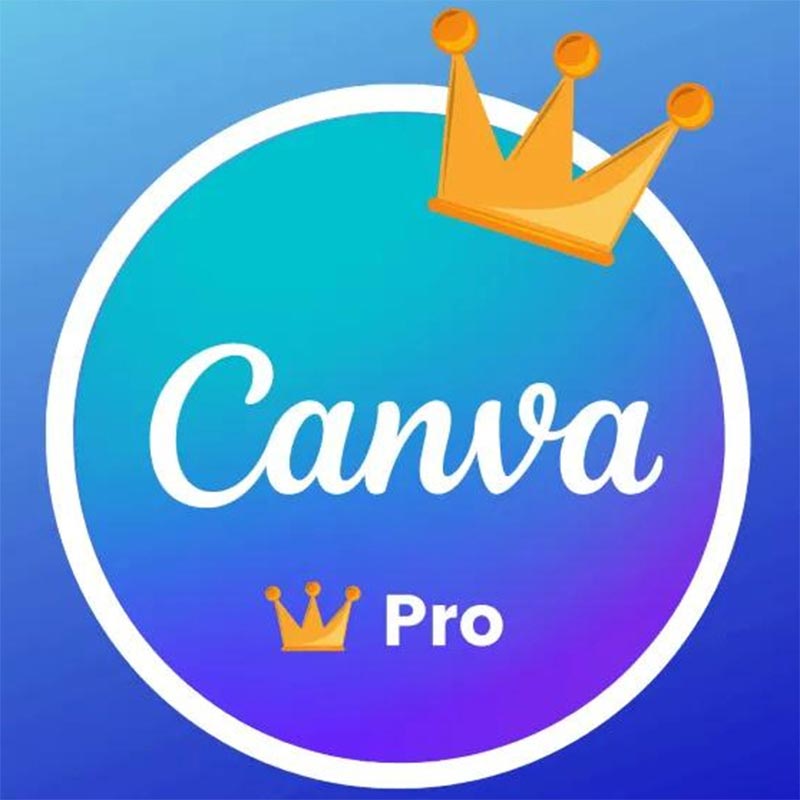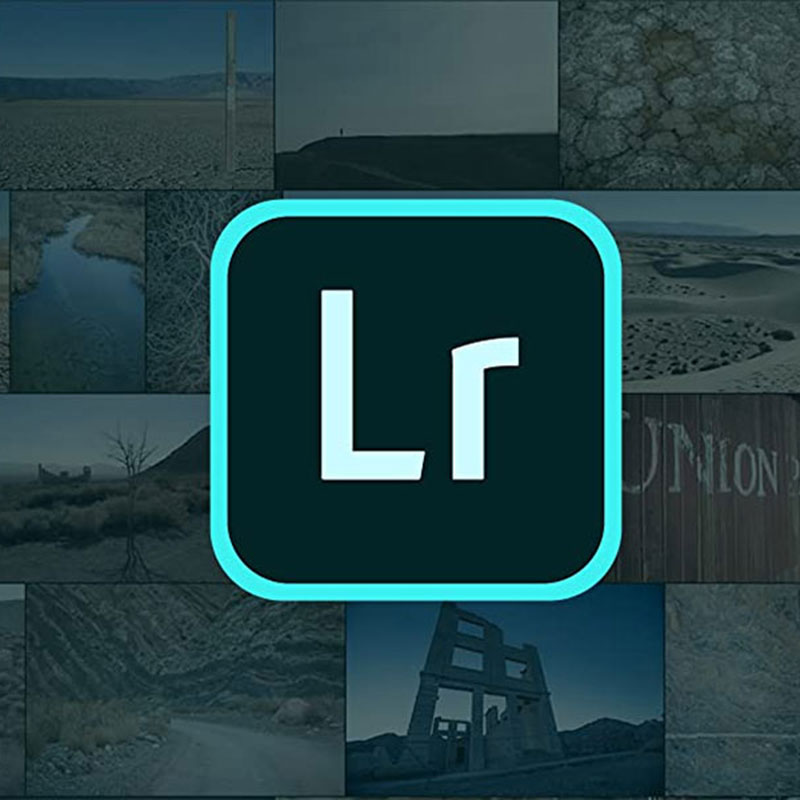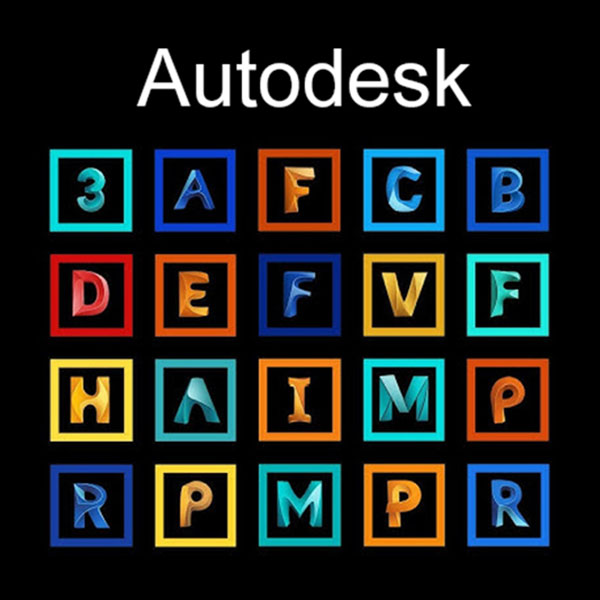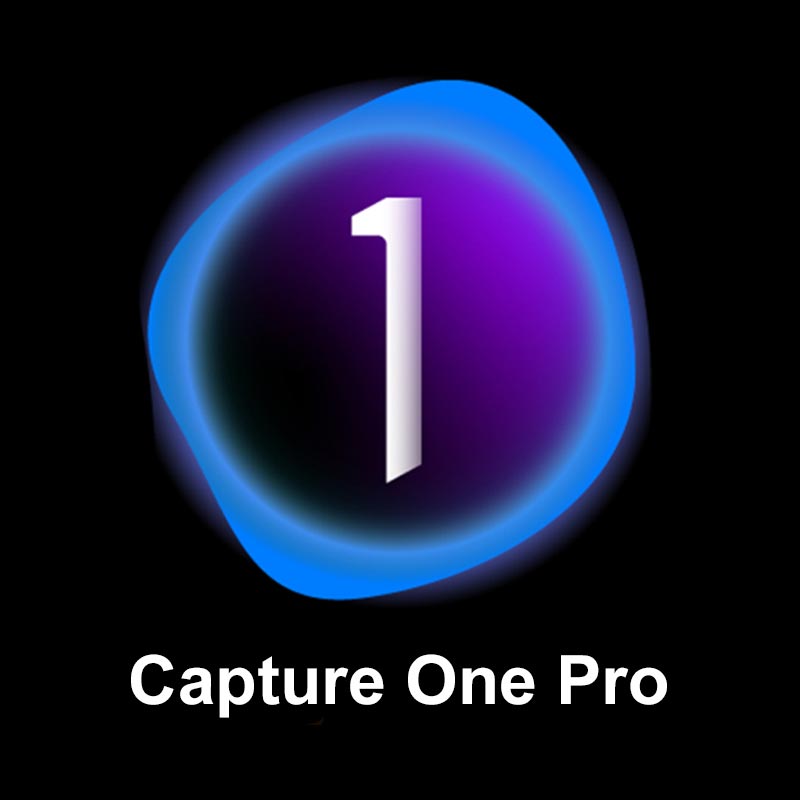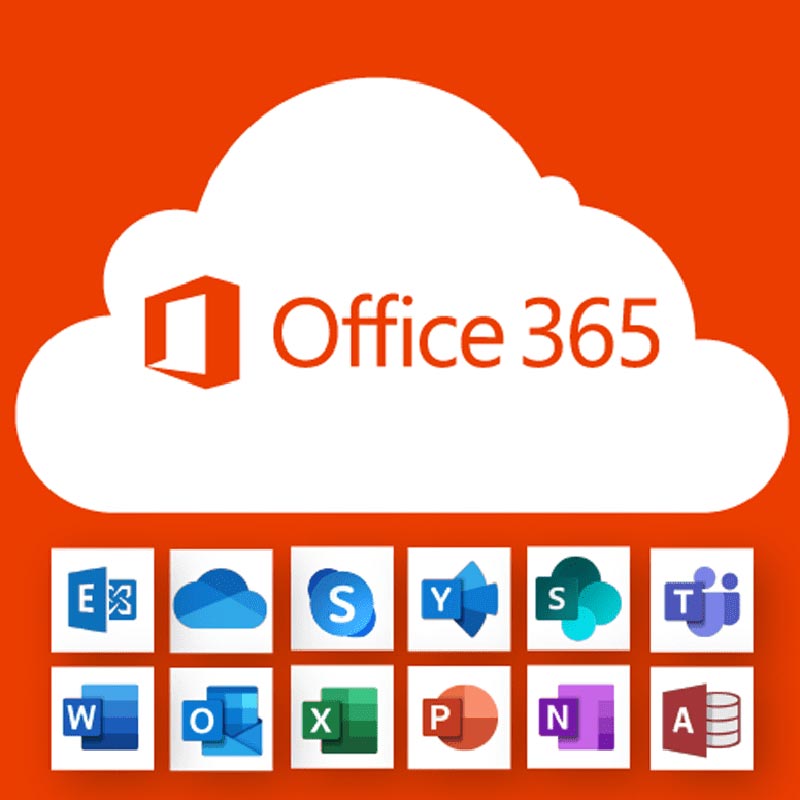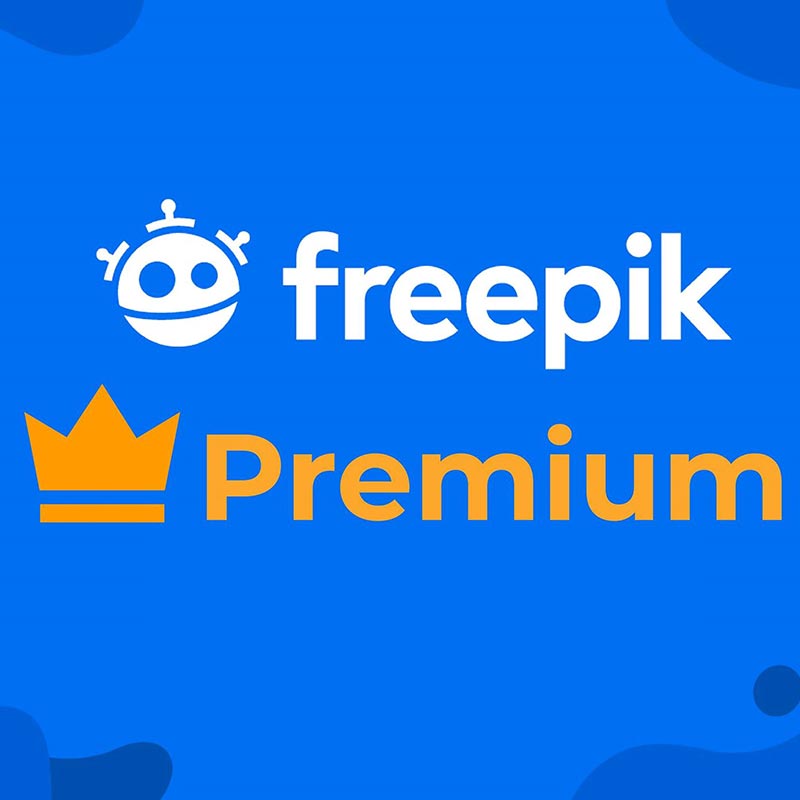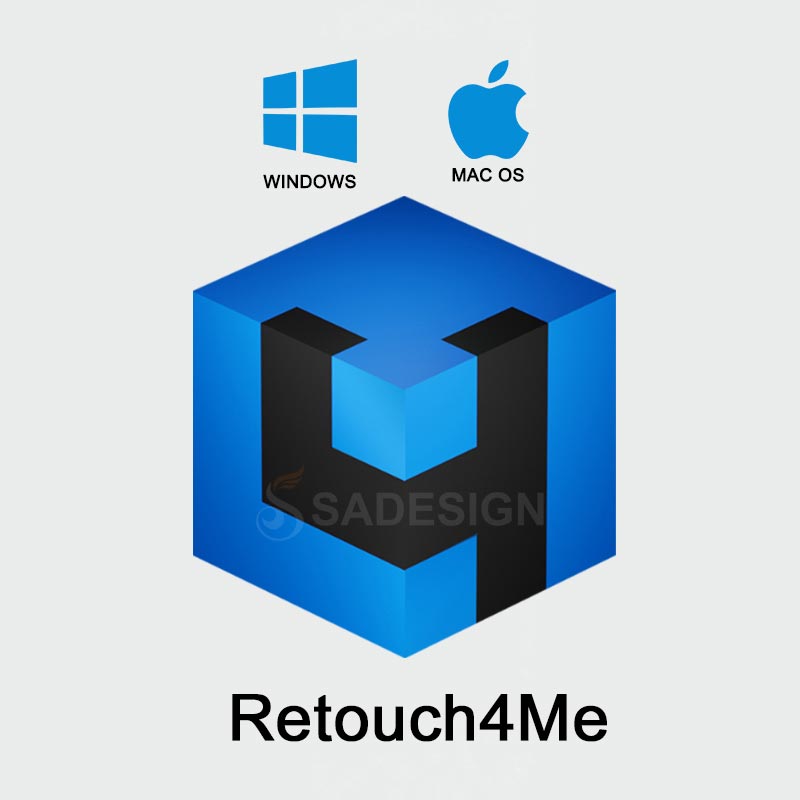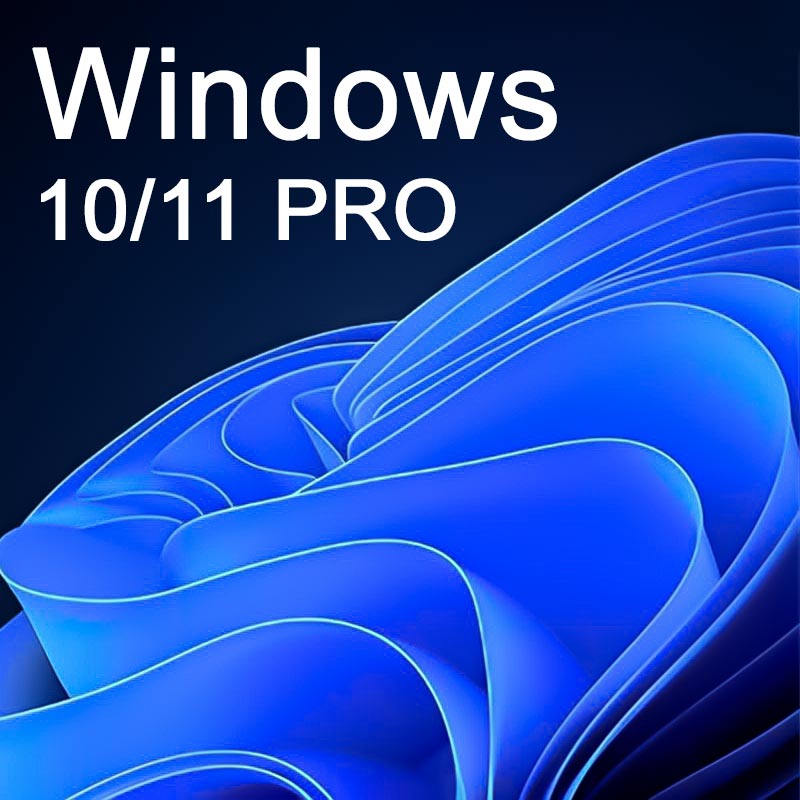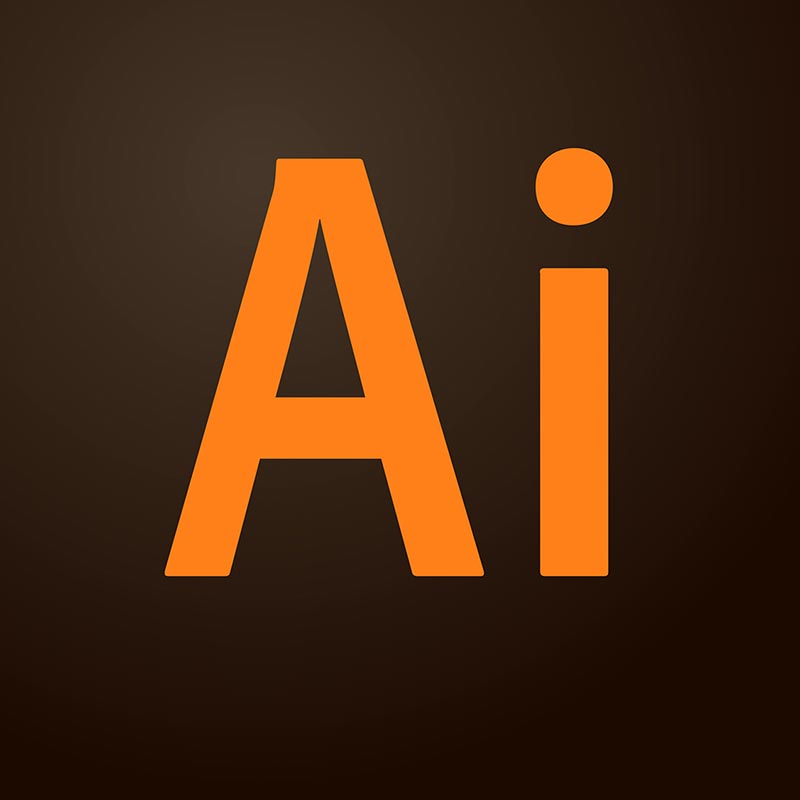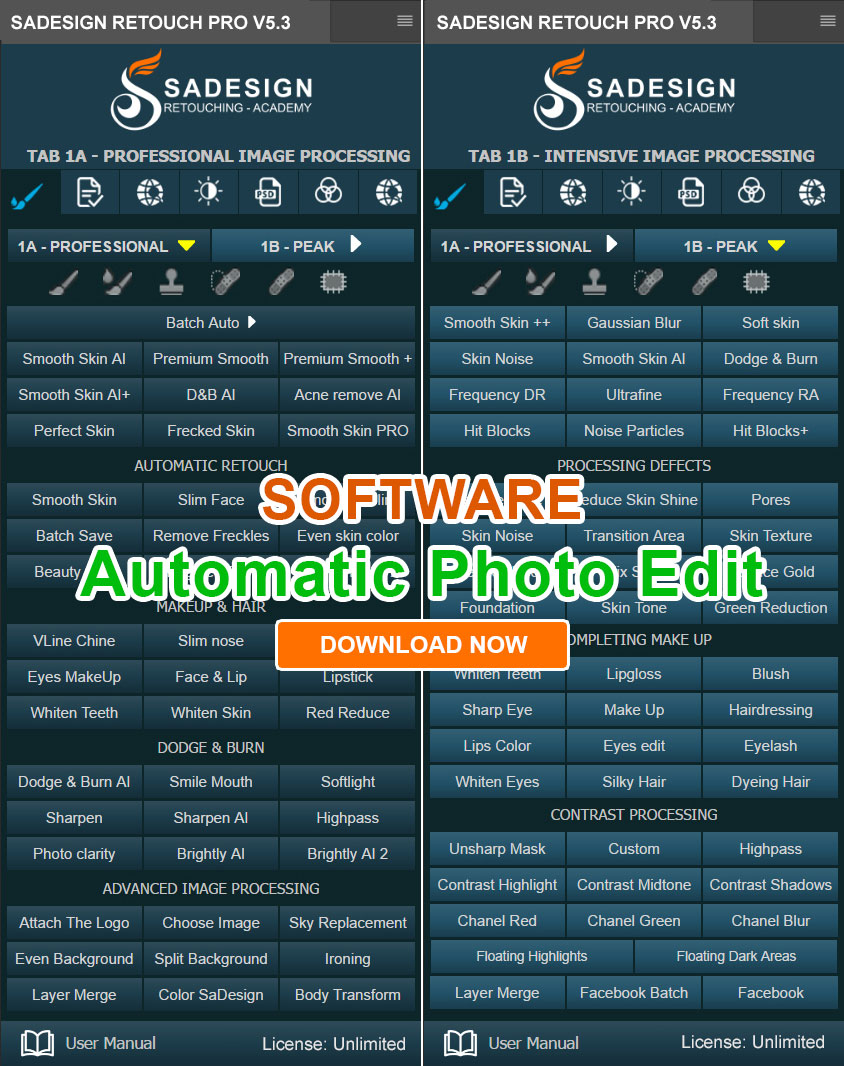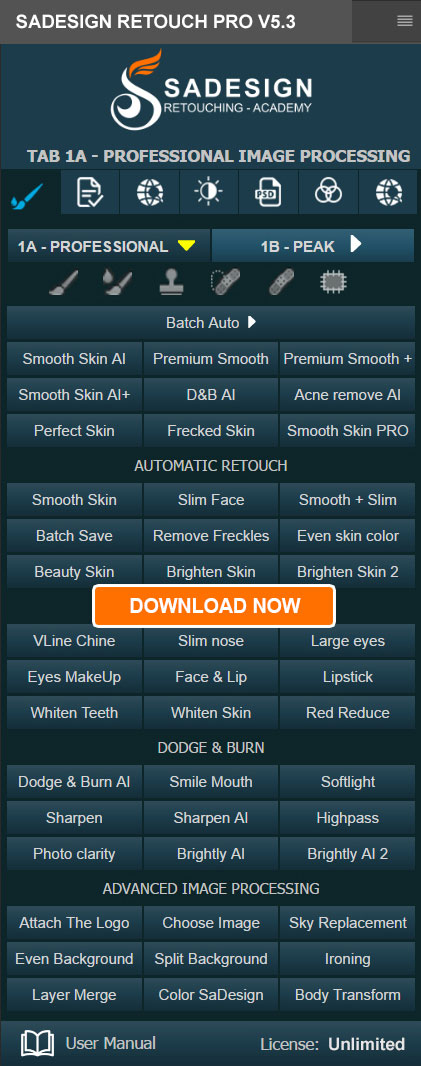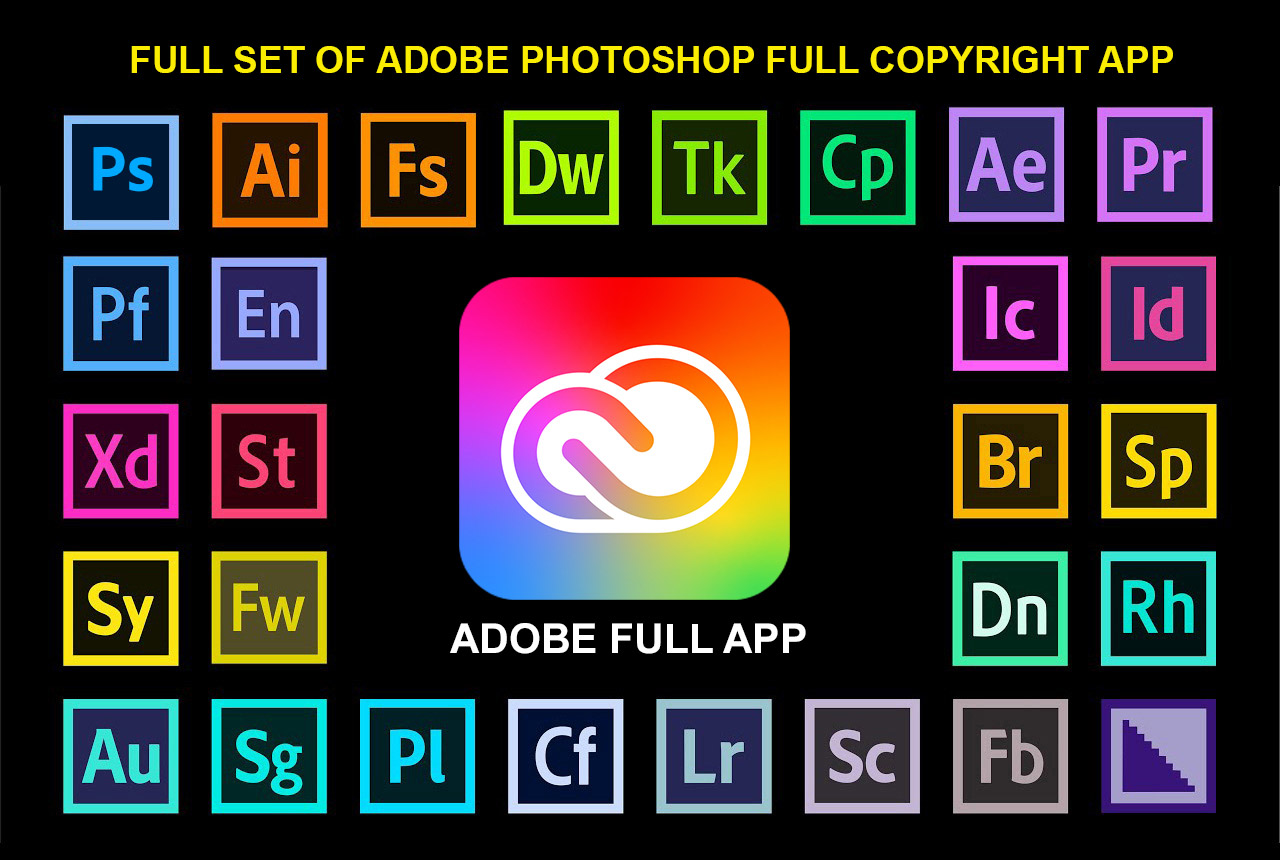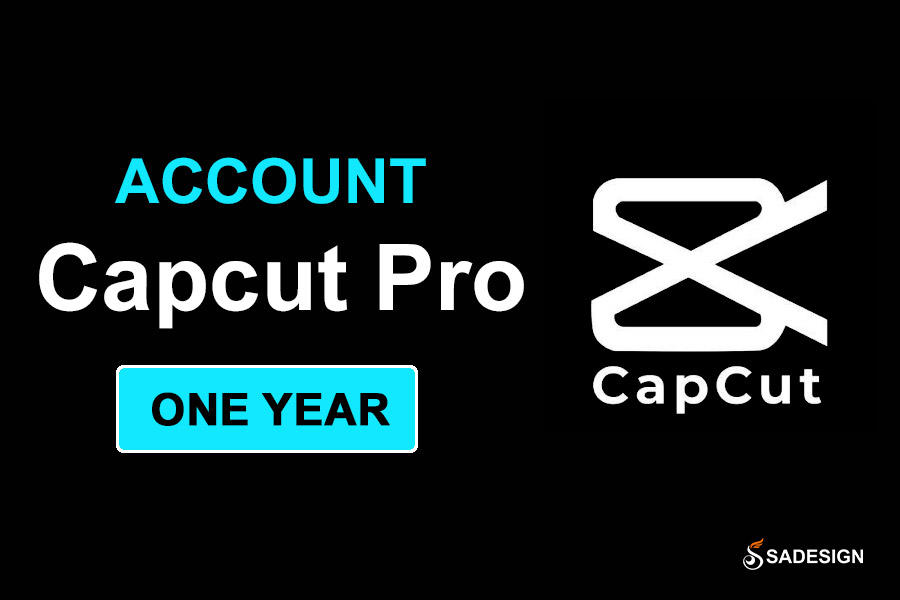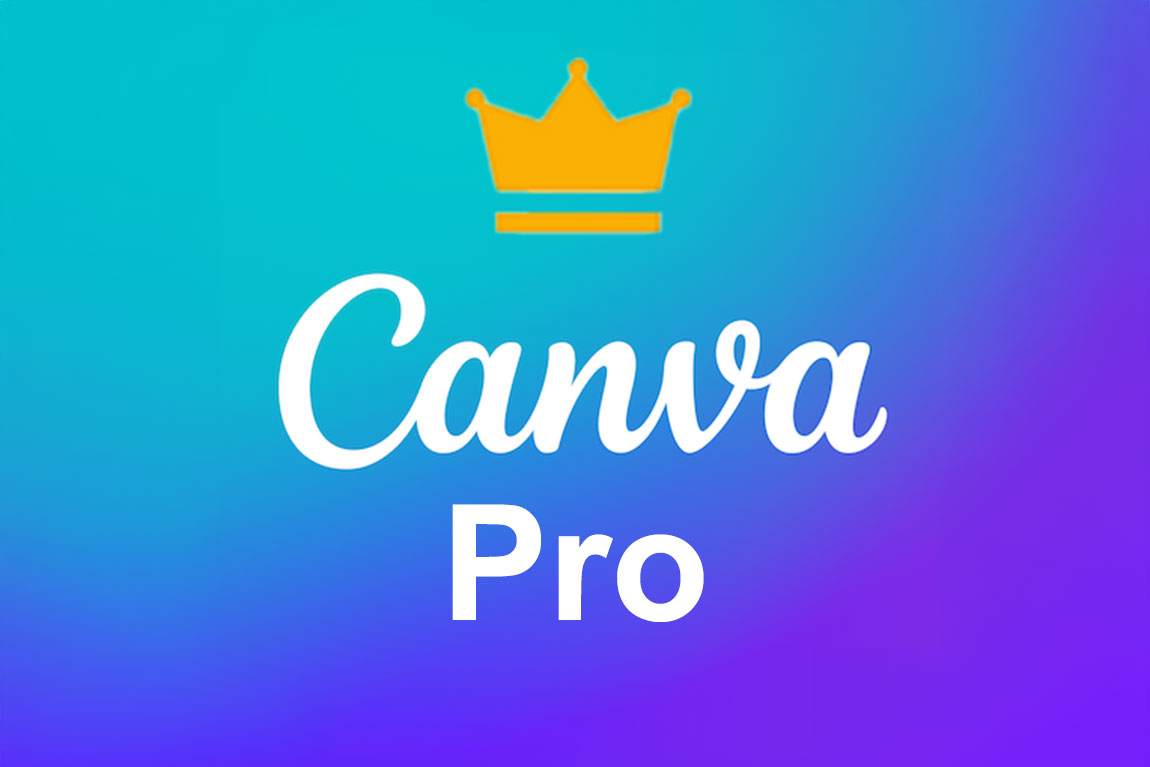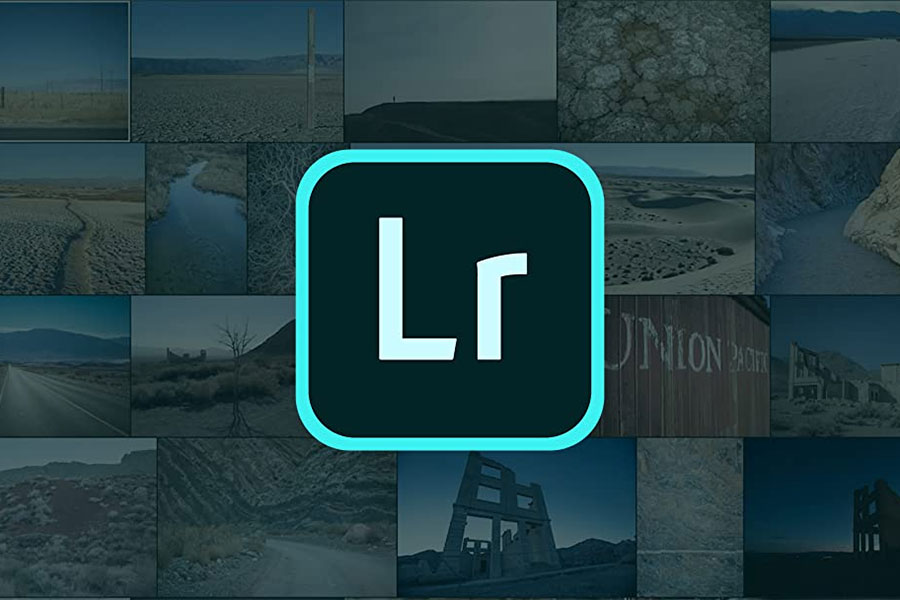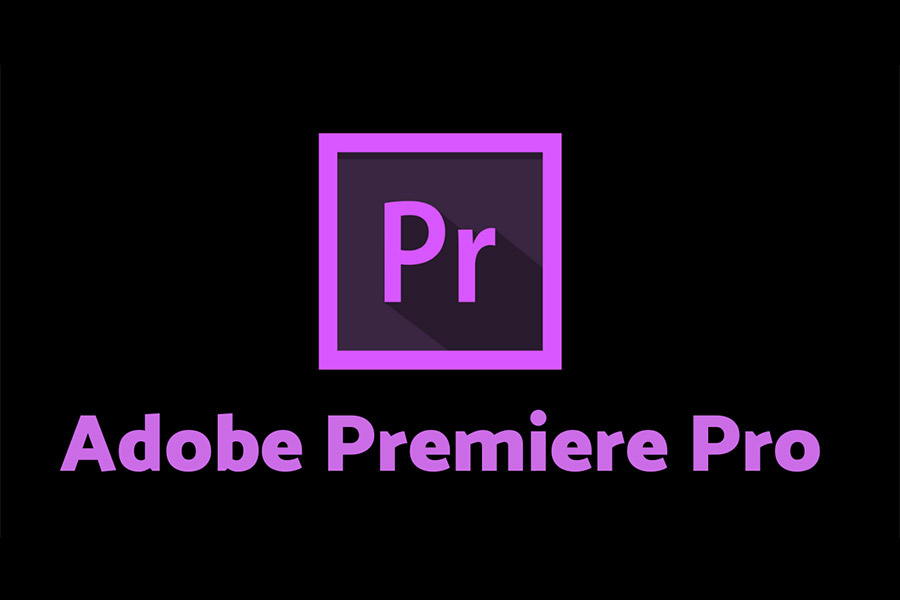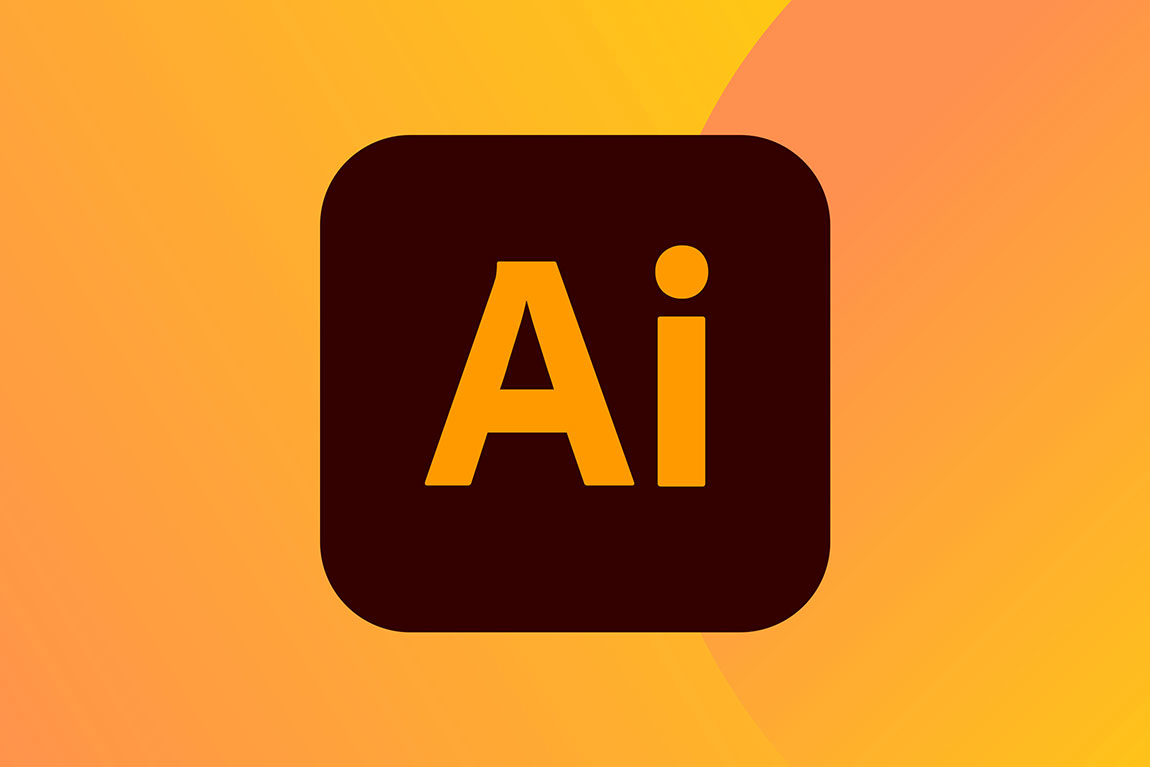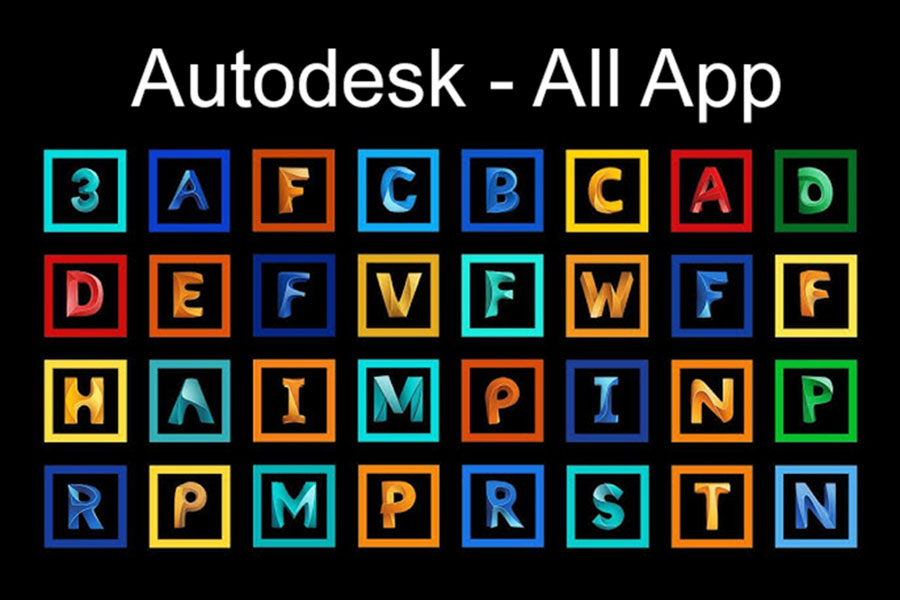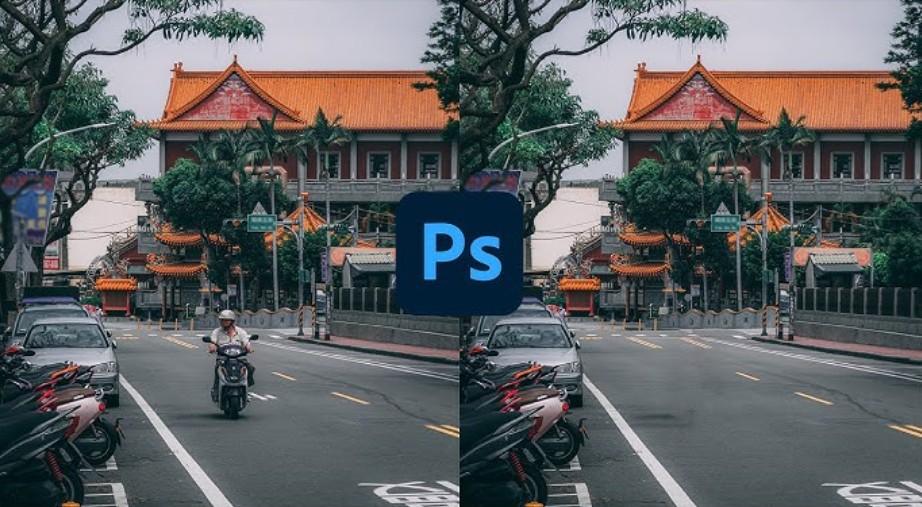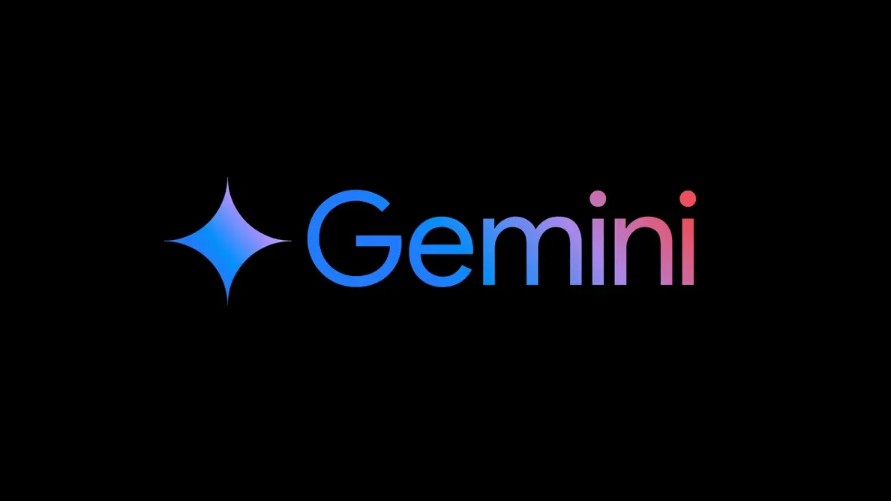Best Selling Products
Discover how to create professional QR codes for free with Canva. In just a few simple steps, you can design unique QR codes that represent your brand or project.
Nội dung
Discover how to create professional QR codes for free with Canva. In just a few simple steps, you can design unique QR codes that represent your brand or project.
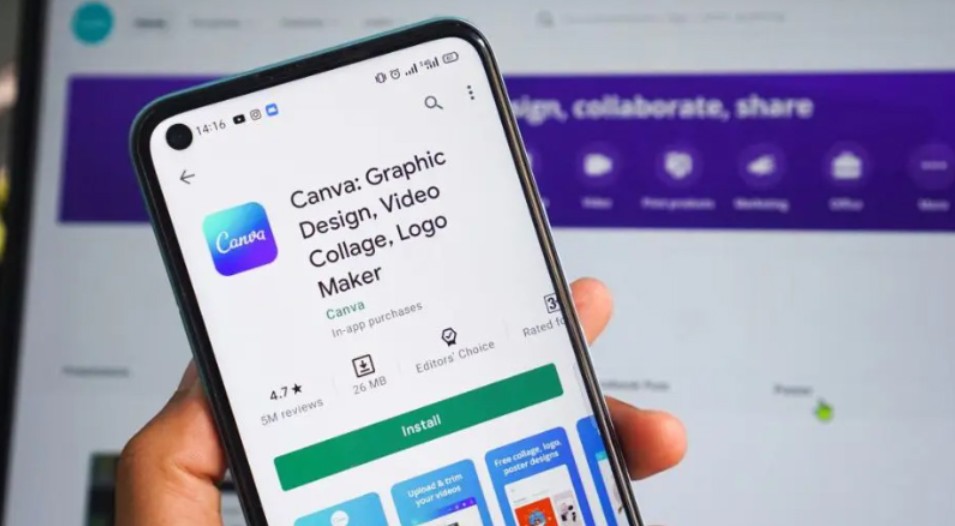
QR codes (Quick Response Codes) are the bridge that helps brands, designers and marketers turn a flyer, business card or product packaging into a door to a rich digital space. Canva offers a free QR code generator that is easy to use and extremely friendly to the design process.
This feature does more than just help you create a scannable QR code. It is a step forward in integrating a seamless user experience between design and digital content. With just a few drag and drop actions, you can add a QR code that leads to your website, portfolio, registration form, or any online content, helping customers interact with your brand without having to manually type in a URL. In the modern marketing environment, every click, every scan is an opportunity for engagement, and Canva helps make it more intuitive, aesthetic, and effective than ever.
1. What is a QR code and how does it work?
QR code, short for “Quick Response”, is a type of two-dimensional barcode (2D barcode) developed in 1994 by Denso Wave. Initially, QR codes were used in the manufacturing industry to track car parts, but with the popularity of smartphones, the technology quickly expanded into marketing, e-commerce and graphic design.
Unlike traditional barcodes that only store data horizontally, QR codes can store information both horizontally and vertically thanks to their unique black and white pixel structure. This structure allows QR codes to store much larger amounts of data, from website links, text, email addresses to contact information, even discount codes or PDF files.
When a user opens the camera or QR code scanning app on their phone, the system recognizes the distinctive square pattern and decodes it into the original data, usually a URL or text content. This process takes just a few seconds, which is what “quick response” means.
.jpg)
The special thing is that QR codes can be scanned from any angle, any direction and still be recognized accurately. This makes it easy for users to operate without having to align the camera too precisely. With the development of built-in applications in iOS and Android cameras, scanning QR codes has become as natural as taking a photo.
In marketing design, that means: you can embed a QR code on a poster, flyer, business card, packaging, or digital post, and viewers can simply scan it to go straight to the landing page. The ease, speed, and flexibility of integration make QR codes an indispensable marketing tool in today's connected age.
2. What are the benefits of using QR codes?
From a marketing perspective, QR codes are more than just a link-making tool. They are a “bridge” between physical content and the digital space. When you place a QR code on a product, you are opening a direct “channel of communication” with your customers.
With just one swipe, users can be taken to your website, online store, landing page, or brand profile. They don’t need to type in a web address or search for a brand name. This is especially important in an era where speed of information determines purchasing behavior.
Canva helps you take full advantage of that power with a free, easy-to-use QR code generator built right into the designer. No need for external tools, you can design your poster, add QR codes, and control the entire layout all in one interface.
In terms of brand experience, including QR codes in designs also shows professionalism and modernity. A business card with a QR code that leads to an online portfolio will make a much stronger impression than just static information. Similarly, a brochure with a QR code that leads to a product video or detailed article gives customers a deeper experience with the brand.
.jpg)
Additionally, using QR codes offers the following benefits: making it easy for businesses to collect feedback through online forms; creating a bridge between physical products and digital experiences; and increasing engagement through multimedia content such as videos, images, or AR.
In particular, for designers, incorporating QR codes into design layouts opens up new creative opportunities. You can turn QR codes into part of the visual language, blending into the overall color, line, or graphic rhythm instead of just being a monotonous square.
3. Is Canva's QR Code Generator Really Free?
The answer is: absolutely free. Canva offers a built-in QR code generator that anyone from marketers to teachers to freelance designers can use without any installation or fees.
The QR code creation process in Canva is designed to be intuitive. After opening your design project, simply select the “Apps” icon in the left toolbar, navigate to “QR Code” , and enter the URL you want to link to. Within seconds, the QR code will appear on your canvas.
The cool thing is: Canva's QR codes are compatible with any design from business cards, flyers, posters, catalogs, to social media posts. You can change the size, position, or color scheme of the QR code to match your brand style.
The built-in designer saves you time by not having to switch between multiple platforms. Canva also allows you to download your designs in a variety of formats such as JPG, PNG or PDF, ensuring that your QR codes maintain consistent quality and scannability whether printed or shared online.
.jpg)
Best of all, if you’re using Canva Print, you can print your QR code designs directly onto business cards or flyers and get free standard shipping. This seamlessness makes Canva an “all-in-one” tool for design, content creation, and printing.
4. How to create a QR code
The process of creating QR codes in Canva is simple, optimized for people with no technical experience but still want to have a professional product. First, open the design project you want to add a QR code to, whether it is a business card, brochure or flyer.
From the left toolbar, select “Apps” and then search for “QR Code” . Once the interface appears, simply enter the URL of the website, portfolio, order page or form you want to link to. Canva will automatically generate a QR code and display it on the canvas.
Once the code appears, you can move it, zoom in, zoom out, or position it to fit your overall layout. If you want to match your brand colors, you can apply a brand kit or choose a contrasting tone to ensure scannability.
Finally, when you're done with your design, you can save it as a JPG or PNG to upload online, or choose a printable PDF to send off to production. Canva offers free direct printing and free shipping, so you can get a professional print without the need for additional tools.
.jpg)
With just a few clicks, you can integrate digital experiences into all your marketing designs, from personal business cards, product brochures, to event posters.
5. What is the difference between static QR code and dynamic QR code?
Basically, QR codes are divided into two types: static and dynamic .
Static QR codes are the most basic form you create, the information inside (e.g. URL) is hardcoded. Once printed, you cannot change the content behind the code. This makes static QR codes stable and secure, as they do not rely on an intermediate server. However, if the link you attach is broken or changes, you will have to generate a new QR code.
Dynamic QR codes , on the other hand, act as “updateable bridges.” When users scan the code, they are taken to an intermediate link that allows you to change the destination later without reprinting the code. This type of QR code is popular in large marketing campaigns, allowing you to track data, scans, and promotional effectiveness in real time.
Currently, Canva's QR code generator offers a static code format that is suitable for most basic needs: from print design, personal portfolios, to product launch campaigns. It is also the safest and most accessible option for beginners.
.jpg)
If you need to manage large-scale campaigns, you can create dynamic QR codes using other dedicated tools and still insert them into Canva to complete the design. Canva doesn't limit your creativity, you can flexibly combine the code generator with the platform's professional presentation capabilities.
6. Conclusion
QR codes have gone beyond being a technical tool. They have become a symbol of connection and creativity in modern communication. Thanks to Canva, incorporating QR codes into your designs is now not only easy but also aesthetically pleasing. Whether you are a graphic designer looking to enhance your portfolio, a small business looking to attract customers, or a marketer looking to optimize your brand experience, Canva’s free QR code generator is a quick, effective, and potentially powerful solution. Canva has removed all the technical barriers, making it easy for you to bring your connection ideas to life in just a few clicks. Every QR code you create is not just a link, but a brand touchpoint, an invitation to interact, and an opportunity to spread your creativity.
Once the code appears, you can move it, zoom in, zoom out, or position it to fit your overall layout. If you want to match your brand colors, you can apply a brand kit or choose a contrasting tone to ensure scannability.
Finally, when you're done with your design, you can save it as a JPG or PNG to upload online, or choose a printable PDF to send off to production. Canva offers free direct printing and free shipping, so you can get a professional print without the need for additional tools.
With just a few clicks, you can integrate digital experiences into all your marketing designs, from personal business cards, product brochures, to event posters.
